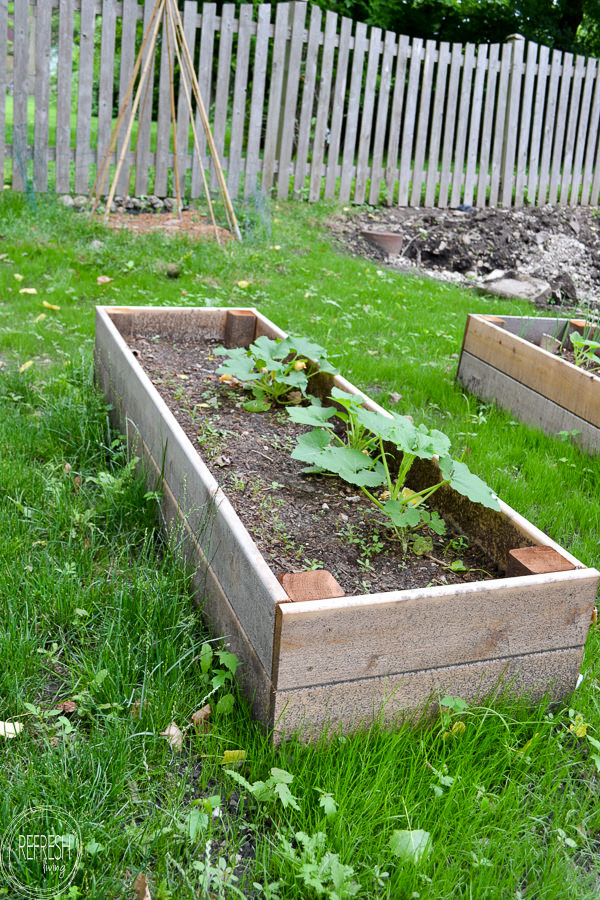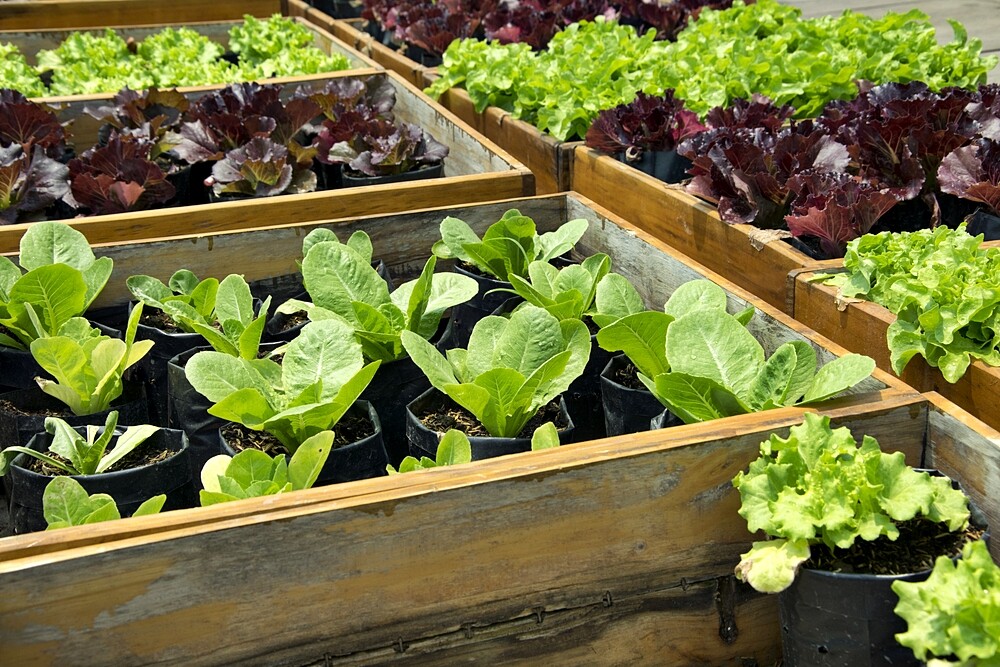Amazing Direction How To Fill Raised Garden Beds of All Time Learn More Here!
If you're thinking about starting a raised garden bed, you're off to a great start! Raised garden beds can offer a variety of benefits for your plants and your gardening experience. However, one of the biggest questions when it comes to raised garden beds is how to fill them. The process can seem daunting, with concerns about the cost of soil and the right materials to use, but fear not! In this post, we'll cover everything you need to know about how to fill raised garden beds.
The Pain Points of Filling Raised Garden Beds
When it comes to filling raised garden beds, there are a few pain points that many gardeners experience. One of the biggest concerns is the cost of soil. Raised garden beds can require a lot of soil, and this can quickly add up in terms of expense. Another pain point is figuring out the right type of soil to use. Not all soil is created equal, and selecting the right soil can be crucial for the success of your plants.
Answering the Target of How to Fill Raised Garden Beds
There are a few different strategies you can use when it comes to filling raised garden beds, depending on the materials that you have available and your budget. One option is to purchase a high-quality gardening soil and fill your garden bed entirely with this. While this can be more expensive, it can offer numerous benefits, including better drainage and nutrient availability for your plants.
Another option is to mix various materials to create your own soil blend. This can be an excellent way to save on costs and ensure that your soil contains a mixture of different nutrients that your plants need. Some materials you might consider using in your soil mix include compost, perlite, and vermiculite.
Finally, it's important to consider the right type of soil for your specific plants. Some plants prefer soil with higher acidity, while others need sandier soil for proper drainage. Do a bit of research on the plants you plan to grow and select a soil mix that caters to their needs.
Summarizing Main Points
When it comes to filling raised garden beds, there are several key points to keep in mind. Firstly, the cost of soil can be a concern, but there are ways to reduce this through creating your own soil mix or selecting a quality soil blend. Additionally, it's crucial to consider the specific needs of your plants and select a soil mix that caters to these. Finally, adding compost and other natural materials to your soil can be an excellent way to improve nutrient availability and drainage for your plants.
Start with a Solid Foundation
When it comes to creating your raised garden bed, it's important to start with a solid foundation. This will help ensure that your garden bed is stable and that the soil is able to drain properly. One option is to use a layer of large rocks or gravel at the bottom of your garden bed. This can help with drainage and ensure that water doesn't pool at the bottom of the bed.
Another way to create a foundation is to use a layer of cardboard or newspaper at the bottom of your bed. This can help suppress weeds and retain moisture, ensuring that your plants have the nutrients and water they need to thrive.
Choosing the Right Soil Mix
When it comes to selecting the right soil mix for your raised garden bed, there are several things to consider. Firstly, you'll want to evaluate the soil quality in your area. This can help you determine whether you need to add additional nutrients or minerals to your soil to create a healthier growing environment for your plants.
Additionally, it's important to consider the specific needs of your plants. Some plants require more acidic soil, while others need soil that is rich in nutrients or drains quickly. By doing some research on the specific plants you plan to grow, you can ensure that you're selecting a soil mix that will cater to their needs.
The Benefits of Composting
Composting is a great way to add organic matter and nutrients to your soil, which can be incredibly beneficial for your plants. You can create your own compost using kitchen scraps, yard waste, and other organic materials, or you can purchase compost from a gardening store or supplier.
Adding compost to your soil can help improve drainage, retain moisture, and boost nutrient availability. Additionally, composting can help reduce waste and contribute to a more sustainable gardening practice.
Common Questions About How to Fill Raised Garden Beds
Q: How much soil do I need to fill my raised garden bed?
A: The amount of soil you need will depend on the size of your bed and how deep you want your soil to be. A general rule of thumb is to aim for a soil depth of at least 12 inches.
Q: Can I use regular garden soil in my raised garden bed?
A: While you can technically use regular garden soil in your raised garden bed, it's not always the best choice. Regular soil may not offer the nutrient profile or drainage capabilities that your plants need. Instead, consider a high-quality garden soil mix or create your own soil mix using natural materials.
Q: How often should I water my raised garden bed?
A: The frequency with which you water your raised garden bed will depend on a variety of factors, including the weather in your area, the plants you're growing, and the type of soil you're using. Generally, it's best to aim for consistent moisture in your soil, rather than allowing it to dry out completely between waterings.
Q: How long does soil last in a raised garden bed?
A: The lifespan of the soil in your raised garden bed will depend on several factors, including the quality of the soil, the types of plants you're growing, and how often you amend the soil with organic matter such as compost. Generally, gardeners will need to add additional soil every few years to maintain the health of their plants.
Conclusion of How to Fill Raised Garden Beds
When it comes to filling raised garden beds, there are several strategies you can use to ensure that your plants have the best possible growing environment. Whether you opt for a pre-made soil mix or create your own, it's crucial to ensure that your soil contains the right combination of nutrients and minerals that your plants need to thrive. By following these tips and selecting the right soil mix for your specific plants, you can create a vibrant and healthy garden that you can enjoy for years to come.
Inspiration for You
How To Fill A Raised Bed For Under $10 - Modern Design 5 | Building A

Photo Credit by: bing.com / manure compost lasagne straw garten hochbeet ideasgarden selbermachendeko anpflanzen
How To Fill A Raised Garden Bed And Save On Soil - Twelve On Main

Photo Credit by: bing.com / twelveonmain gravel twelve
How To Fill Raised Garden Beds And Save The Amount Of Soil You Will Use

Photo Credit by: bing.com / twelveonmain slope
How To Make Raised Garden Beds And What Soil To Fill Raised Beds With-3

Photo Credit by: bing.com / raised beds garden fill soil make
How To Fill Raised Garden Beds: The Best Tips And Tricks

Photo Credit by: bing.com / fill

Post a Comment for "Amazing Direction How To Fill Raised Garden Beds of All Time Learn More Here!"